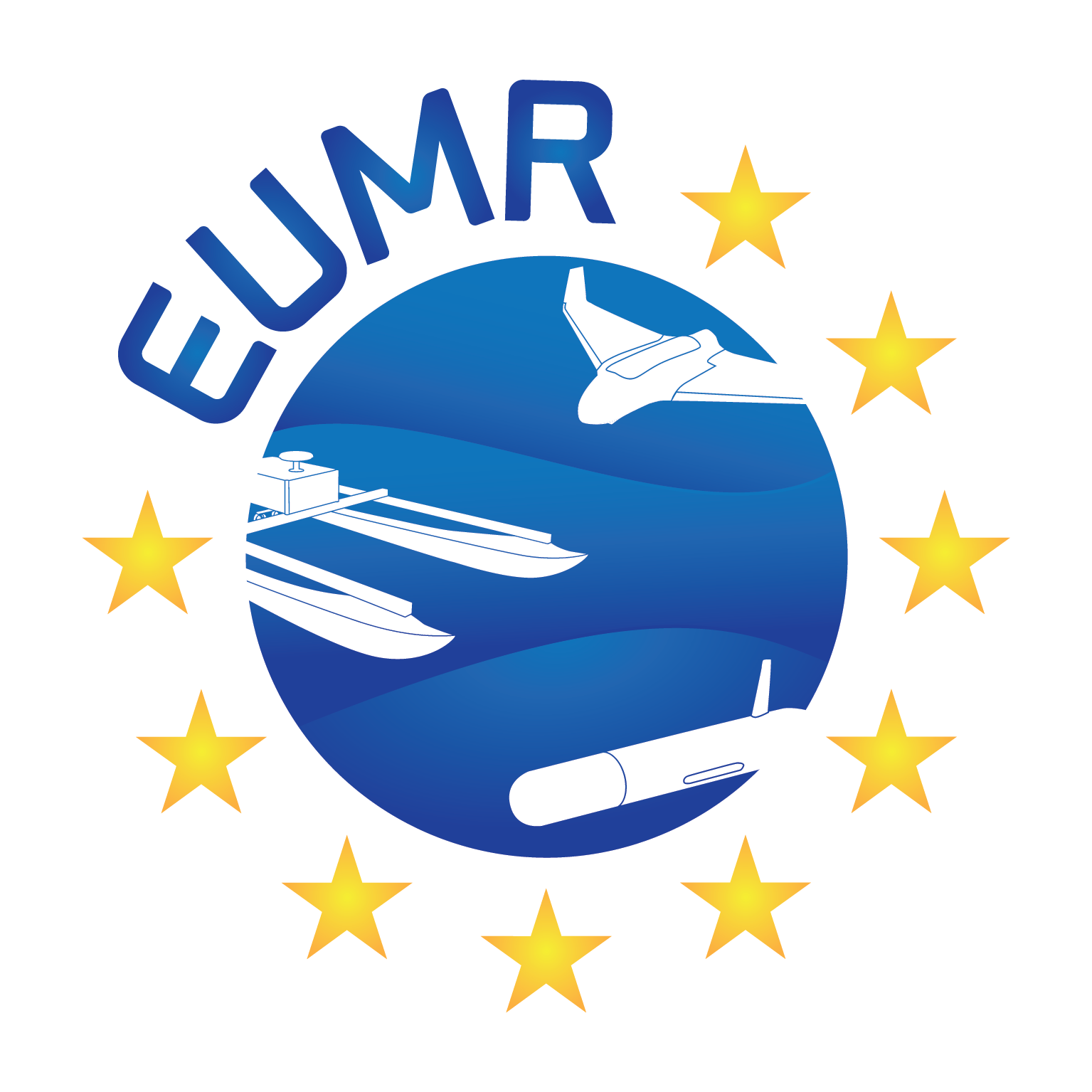
EUMarineRobots

- Title
-
Marine robotics research infrastructure network – EUMarineRobots
- Start Date
-
1 March 2018
- End Date
-
28 February 2021
- Funding Body
-
EU H2020 INFRAIA-02-2017
- Coordinator
-
João Sousa, Faculty of Engineering – DEEC – LSTS, UNIVERSIDADE DO PORTO, Portugal
- Project Partners
-
Universidade do Porto, University of Bremen, Associação do Instituto Superior Técnico para a Investigação e Desenvolvimento, Integrated Systems for the Marine Environment, Faculty of Electrical Engineering and Computing, University of Zagreb, University of Girona, University of Limerick, Oceanic Platform of the Canary Islands, NATO STO Centre For Maritime Research and Experimentation, Heriot-Watt University, Norwegian University of Science and Technology, Marine Institute, Distretto Ligure delle Tecnologie Marine, Natural Environment Research Council, Institut Français de Recherche pour l’exploitation de la Mer
- Principal Investigators
-
Daniel Toal, Gerard Dooly, University of Limerick, CRIS.
- Research Area
- Website
Introduction
Our oceans are the least-explored region of planet Earth. Protection and sustainable development of ocean resources presents formidable challenges. Robots will play an increasingly key role in the near future and this role will expand and become more challenging as we extend into deeper, remote, and hostile marine environments. Europe leads in many aspects of maritime, but lacks well-integrated and coordinated oceanic robotic infrastructure or presence.
The marine-robotics industry is growing rapidly. It is a crucial high-value/high-cost sector with considerable entry barriers to R&D. The full growth potential of this industry will be greatly enhanced with access to shared robotic research infrastructure.
EUMarineRobots (EUMR) proposes an access-infrastructure for the deployment of a full-range of aerial, surface, and sub-surface marine robotic assets, the combined value of which is far greater than the sum of their parts. EUMR will open transnational access to significant national marine robotics R&D assets across Europe.
Aim
The main objective of the EUMR project is to open up key national and regional marine robotics research infrastructures (RIs) to all European researchers, from both academia and industry, ensuring their optimal use and joint development to establish a world-class marine robotics integrated infrastructure.
Work Packages
WP1 Strategic coordination and implementation of EUMR (NA) is basically organized around the proposed conceptual network model with a view to strategy development and implementation.
WP2 NA Networking, Communication, and Dissemination, in addition to the traditional communication and dissemination roles, this WP plays a key role in the implementation of the conceptual network model. This is done in a uniform manner across countries, international organizations, and stakeholders
WP3 NA Eaccess to the Infrastructure deals with providing Eaccess to RIs (Research Infrastructures), one of the access modalities.
WP4 TNA Training and education is about training in regards to access, in the modality of access to single RIs, and training.
WP5 TNA Integrated experiments and use cases are about providing access to the RIs in the modality of access to distributed RIs.
WP6 JRA Innovation to advance marine robotics is about the development of advanced marine robotic systems and technologies with a view to substantially improve existing infrastructures.
WP7 JRA Multiplatform and persistent operations will take the new development outputs of WP6 to sea and demonstrate operability and improvement of Technology Readiness Level (TRL).







